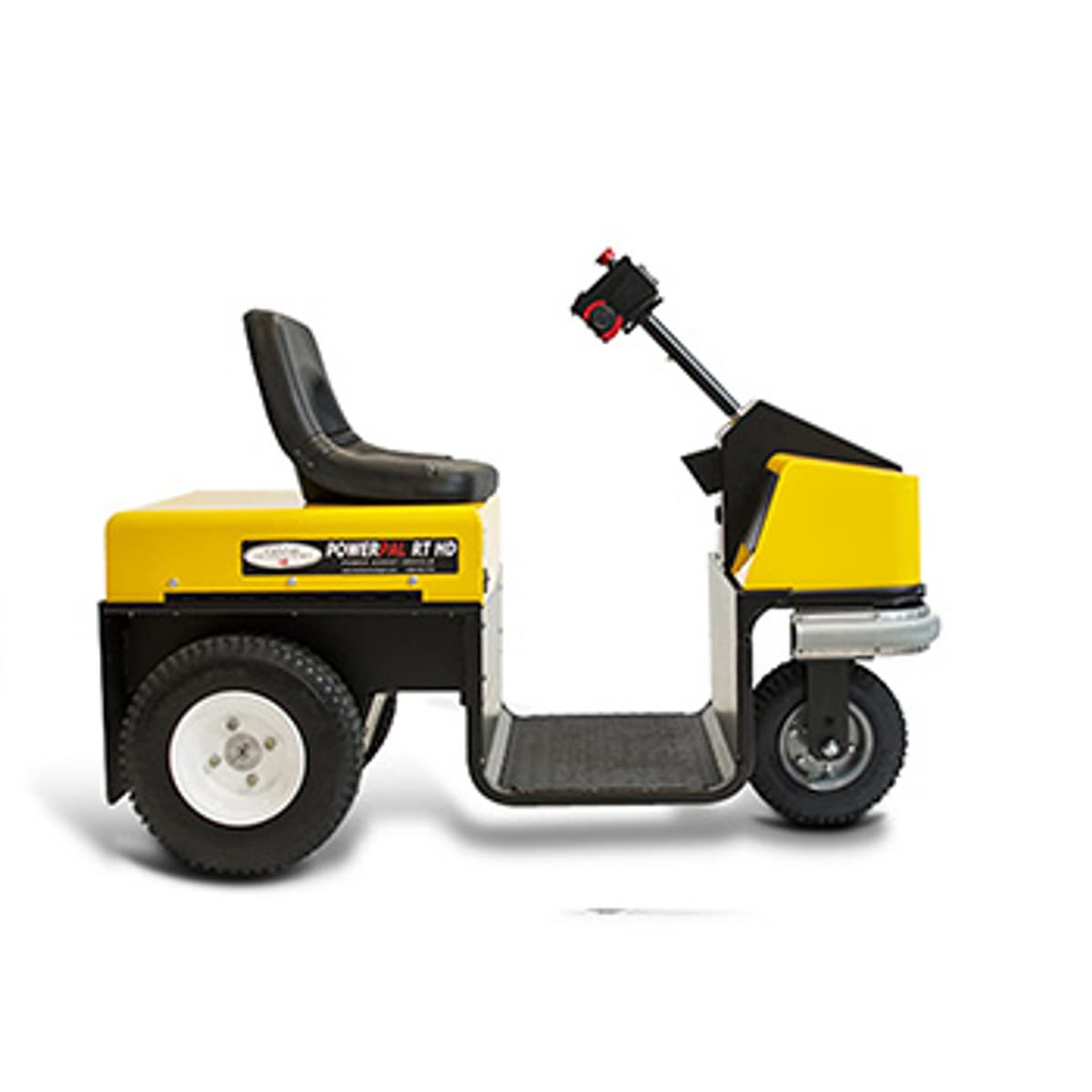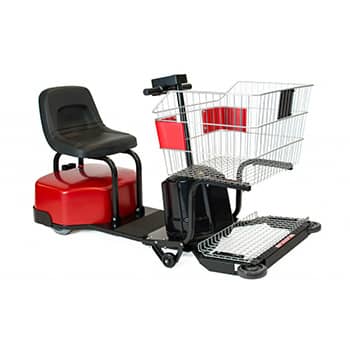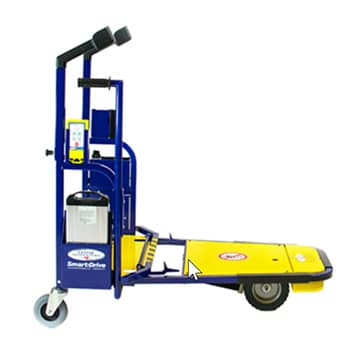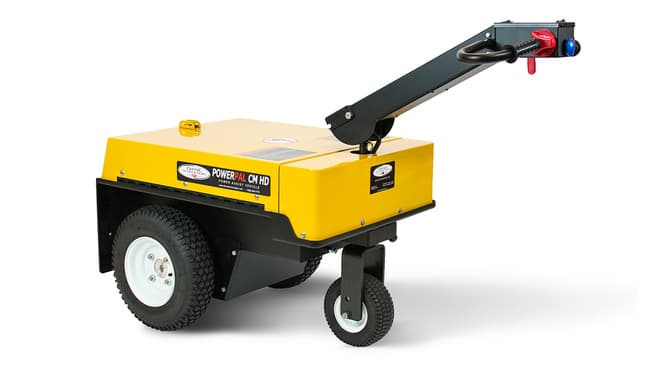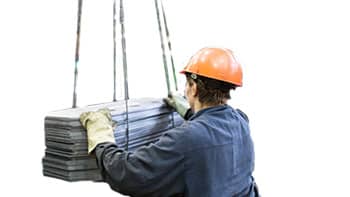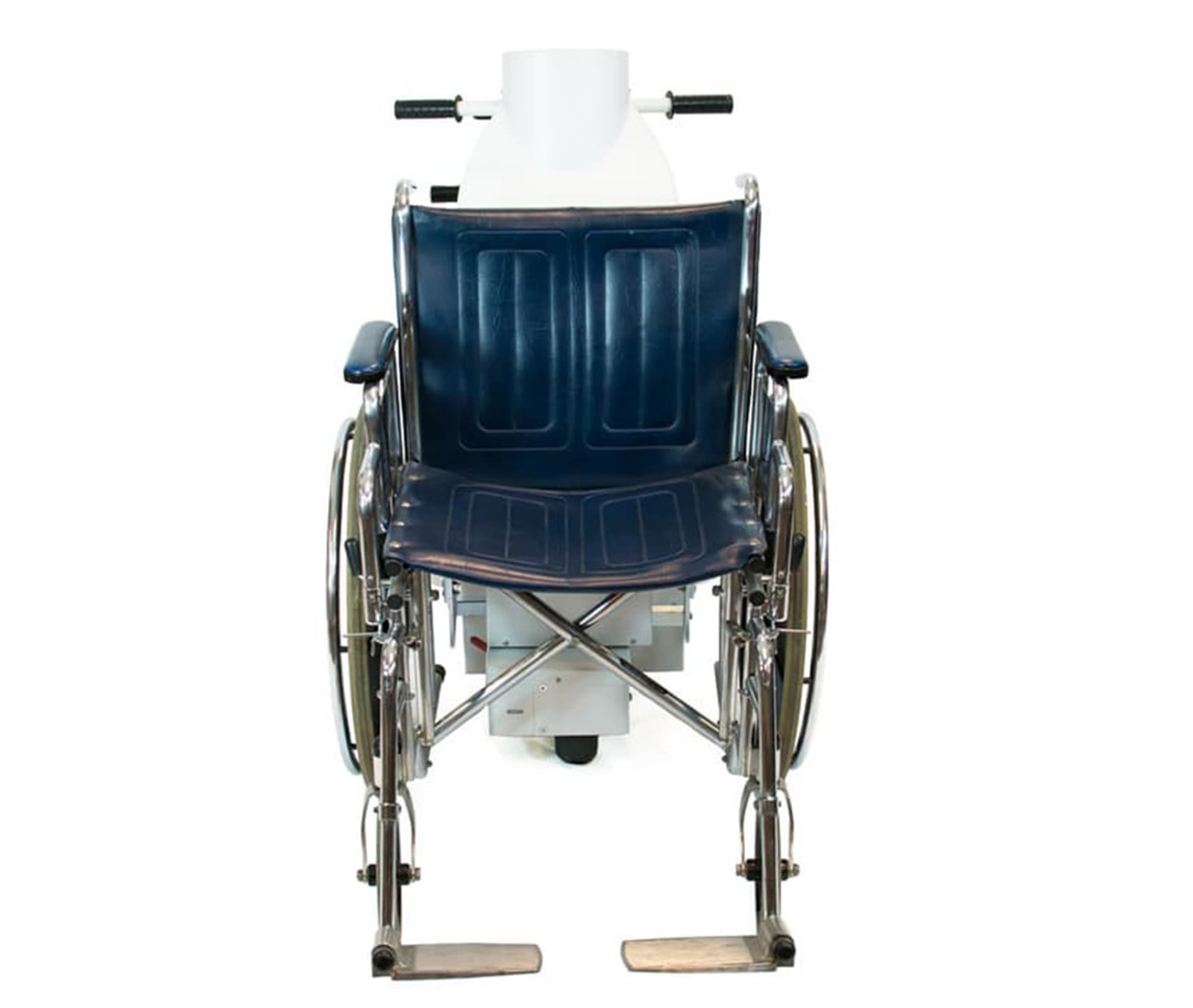Healthcare Solutions
Ergologistic Healthcare Solutions from Dane Technologies
Nurses suffer more lost-time work-related injuries annually than construction or manufacturing workers, with nearly half due to strain-related injuries from patient handling (Bureau of Labor Statistics). The WheelChair Mover® is power assisted device designed to reduce injuries. The WheelChair Mover® transports patients up to 750 lbs, ensuring safe and efficient operation in healthcare environments.
WheelChair Mover®
The WheelChair Mover® is the first and only FDA-approved power assist wheelchair solution, enabling personnel to move individuals up to 750 lb (340 kg) effortlessly up ramps and along carpeted walkways. It virtually eliminates strain and risk of injury and attaches to a wide range of wheelchairs and patient transport chairs. Easy to use, the WheelChair Mover® improves employee safety, efficiency, and morale wherever disabled guests need assistance.
Quick Facts
- UL-Certified to 583 ES
- FDA 510(K) Cleared Class II Medical Device
- Operating environment within narrow hallways
- 750 lb (340 kg) Capacity
- Easily Transport Patients and Passengers with Reduced Risk of Strain
- Ergonomic Design Prevents Injury
- Advanced Safety Features Including Automatic Dynamic Braking & Throttle Safety Control
- No-Mar Tires & Whisper Quiet Drive
- Adjustable Jaw Hitching System for Fast & Secure Connection

Larger Medical Facilities
The modern healthcare system is trending toward larger facilities, increased service integration, and higher patient turnover. Healthcare employees must move patients, equipment, and supplies more frequently and over greater distances, increasing the risk of injury and strain. As these risks compound, the return on investment from improved safety measures becomes significant. OSHA estimates a return of $4 to $6 for every $1 invested in workplace injury prevention.
Fact
- During an 8 hour shift a transport tech at a 600-bed facility will log an average of 14 miles through the hospital – on average about 250 patient transports
- 51% of nurses believe their job is a strain to their personal health
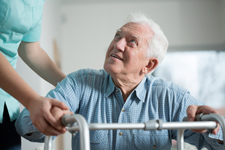
Aging Patient Population
The number of people aged 65 and older is increasing worldwide, leading to a higher likelihood of reduced mobility and the need for assistance when visiting healthcare providers. Individuals above age 50 are 1.2-2 times more likely to require treatment for musculoskeletal disorders (MSDs) than those younger than 30. As more people work longer, the risk of job-related injuries also rises. This increased need for quality healthcare and mobility assistance requires solutions that reduce injury risks for healthcare staff while improving the quality of patient care.
Fact
Rates of Musculoskeletal Disorder (MSD) Increase with Age
| Age Group | Average (MSD) Rates (per 10,000 FTE): |
|---|---|
| All Workers | 36.1 |
| Age 45-54 | 41.7 |
| Age 25-34 | 33.0 |
| Age 20-24 | 28.3 |
| Age 16-19 | 19.3 |
- United States: 43 million Americans aged 65+, projected to increase to 60 million by 2050.
- Globally: 534 million people aged 65+, projected to increase to 1.5 billion by 2050.
- The likelihood of severe disability is 5% for people aged 15 to 24, 25% for those aged 65 to 69, and 56% for those 80 and above.

Aging Workforce/
Caregivers
Job-related injury rates increase with age, and the average age of healthcare workers is rising. The average nurse in the United States is over 50, and by 2020, nearly half of all nurses will be working at traditional retirement age. Healthcare staff must move heavy patients, equipment, and supplies, resulting in job-related injuries at twice the average rate for all private industries. Last year alone, healthcare workers experienced 167,150 lost-work injuries due to musculoskeletal disorders. Forward-thinking healthcare leaders recognize that protecting their team is essential to providing quality care.
Fact
- On average, workers aged 55+ require twice as much time to recover from injuries resulting in days away from work as those younger than 34
- Healthcare and social assistance workers suffered 80,232 lost-time injuries in 2013 due to sprains, strains, and tears from overexerting
- The Veteran’s Health Administration estimates the cost of replacing a nurse is 100% of a nurse’s annual salary ($27,000-$100,000+)
- Annual cost of compensation to U.S. healthcare employers due to lost-time injuries: $2 billion

Bariatric Patient Care
Obesity is rising globally, with over 60 million obese adults in the United States posing a new challenge for healthcare providers. This growing patient population will define new standards for safe patient care and transport. Obese adults aged 51 and older are at least twice as likely to require mobility assistance in healthcare settings. The greatest risk factor for healthcare professionals is the manual lifting, repositioning, and moving of patients. Providing quality care to bariatric patients while ensuring staff safety will require adopting new technologies for safe patient transfer and transport.
Fact
- According to the CDC, more than 20 percent of the U.S. adult population (more than 60 million people) now has a BMI of 30 or greater, which classifies them as obese
- Safe patient handling programs must be adapted to accommodate individuals who are obese
- One in four older adults is obese, and obese individuals age 51+ are at least twice as likely to require mobility assistance
Ergonomic Healthcare Solutions
The PowerPal 1000 and WheelChair Mover® reduce strain-related injuries among healthcare workers. With towing capacities of up to 7,000 lbs and patient transport capabilities of up to 750 lbs, these devices ensure safe and efficient handling in hospital environments.
Strategic Challenges in Healthcare
Modern healthcare demands frequent movement of patients and equipment, increasing injury risks. Implementing safety measures like the PowerPal 1000 and WheelChair Mover® offers significant returns, with OSHA estimating $4 to $6 saved for every $1 invested in injury prevention.
Aging Workforce and Patients
As the healthcare workforce and patient population age, injury risks rise. Devices like the WheelChair Mover® and PowerPal 1000 help manage heavy lifting and transport tasks, ensuring the safety of both staff and patients while improving care quality.
Bariatric Patient Care
The growing number of obese patients requires specialized equipment for safe handling. The PowerPal 1000 and WheelChair Mover® are essential for transporting heavier patients and equipment, reducing the risk of overexertion and enhancing care standards.





